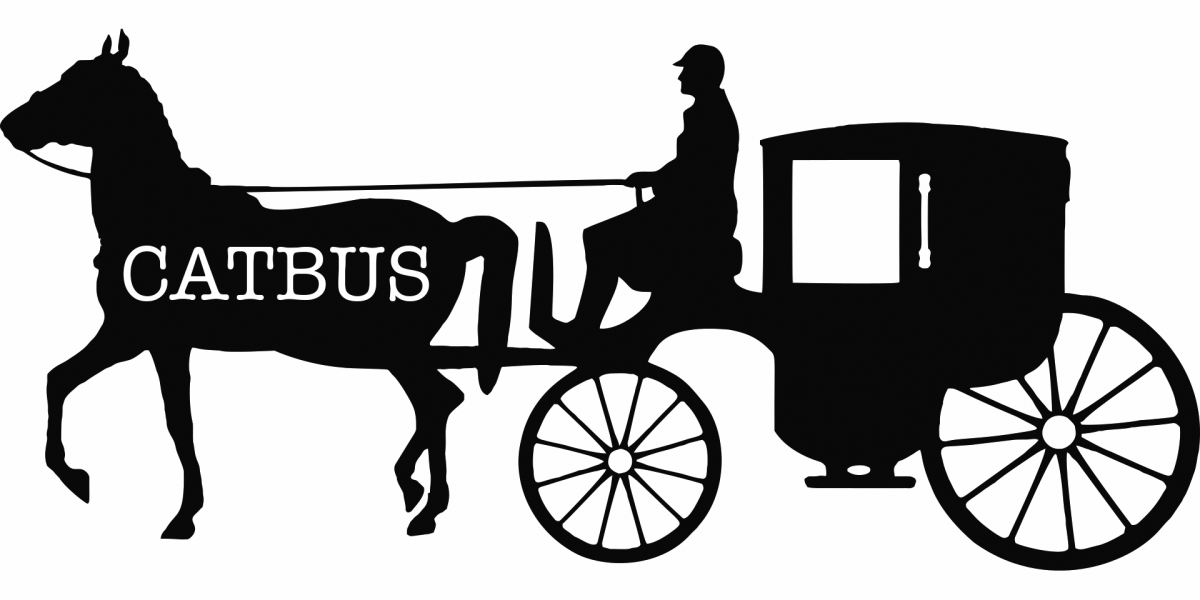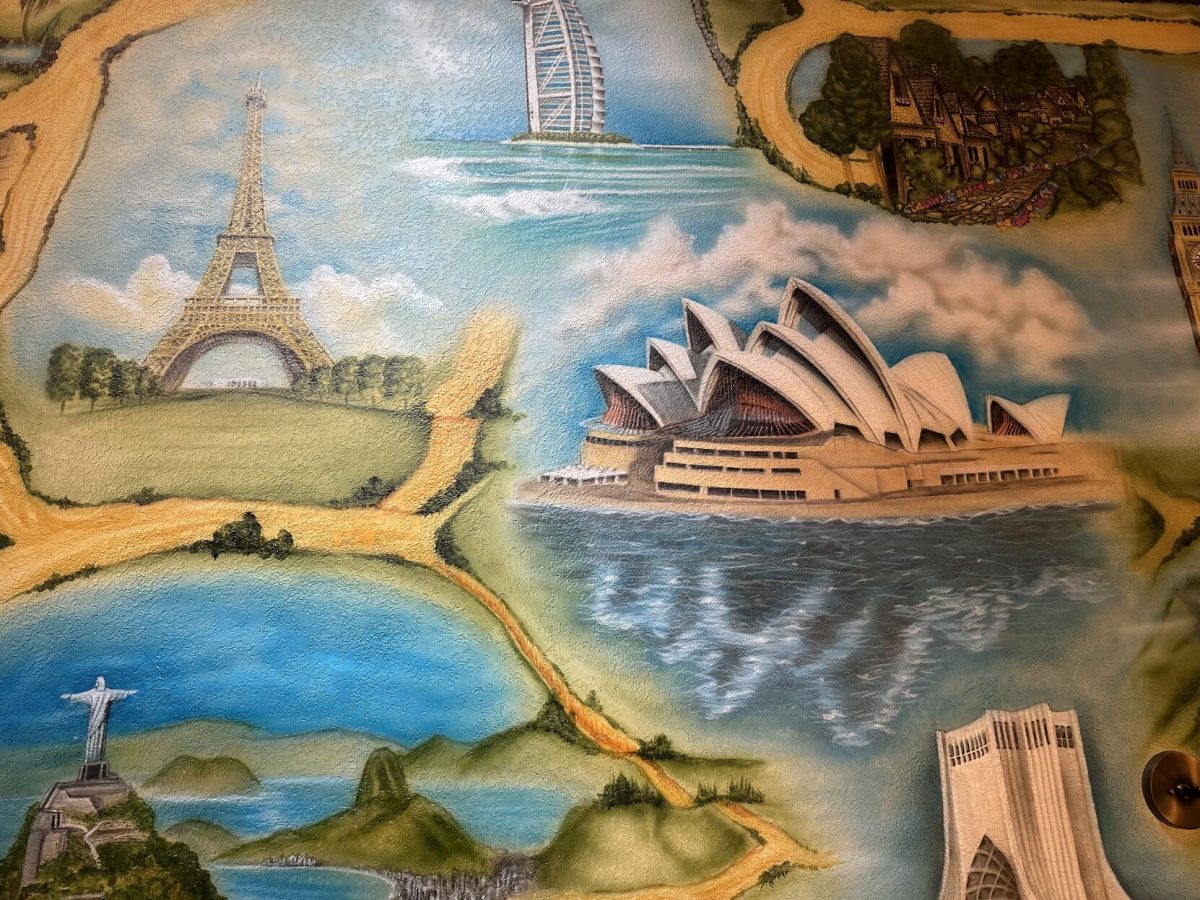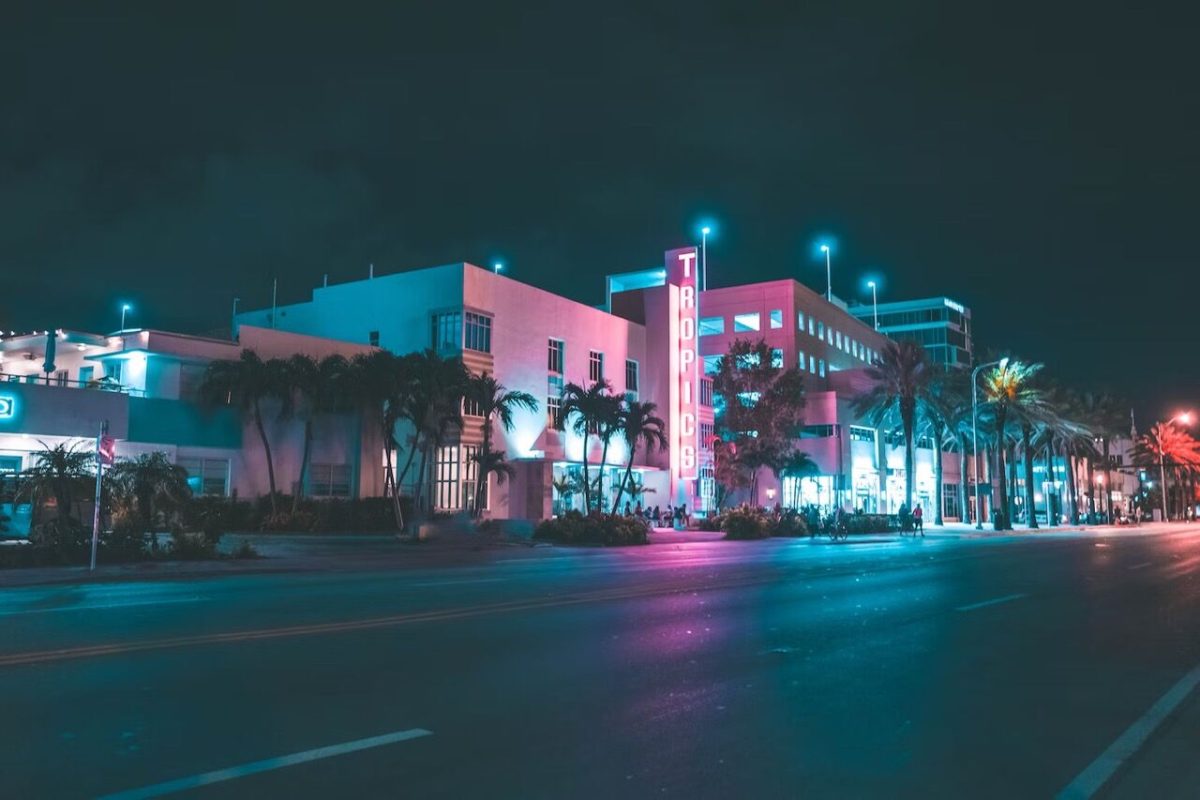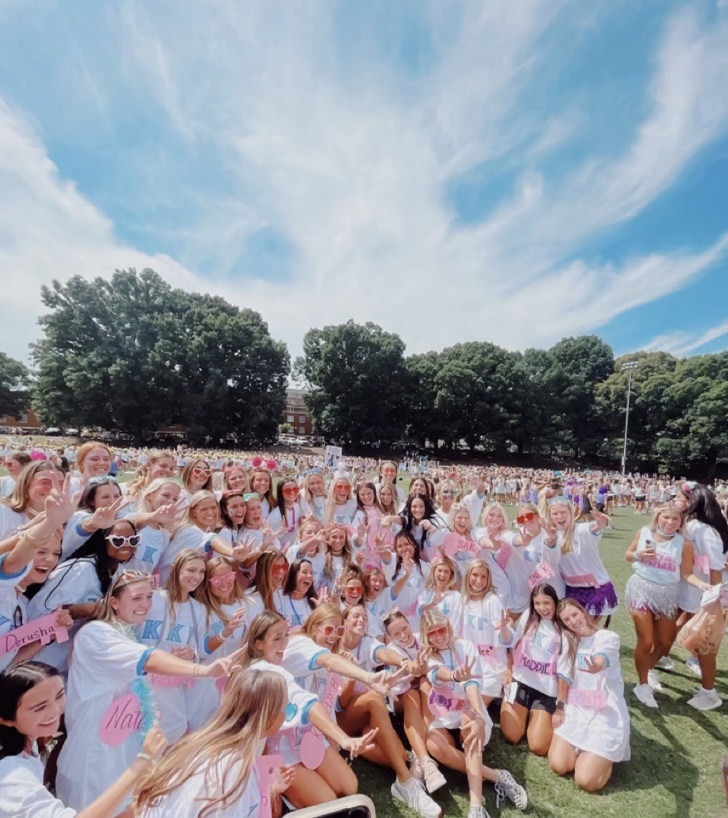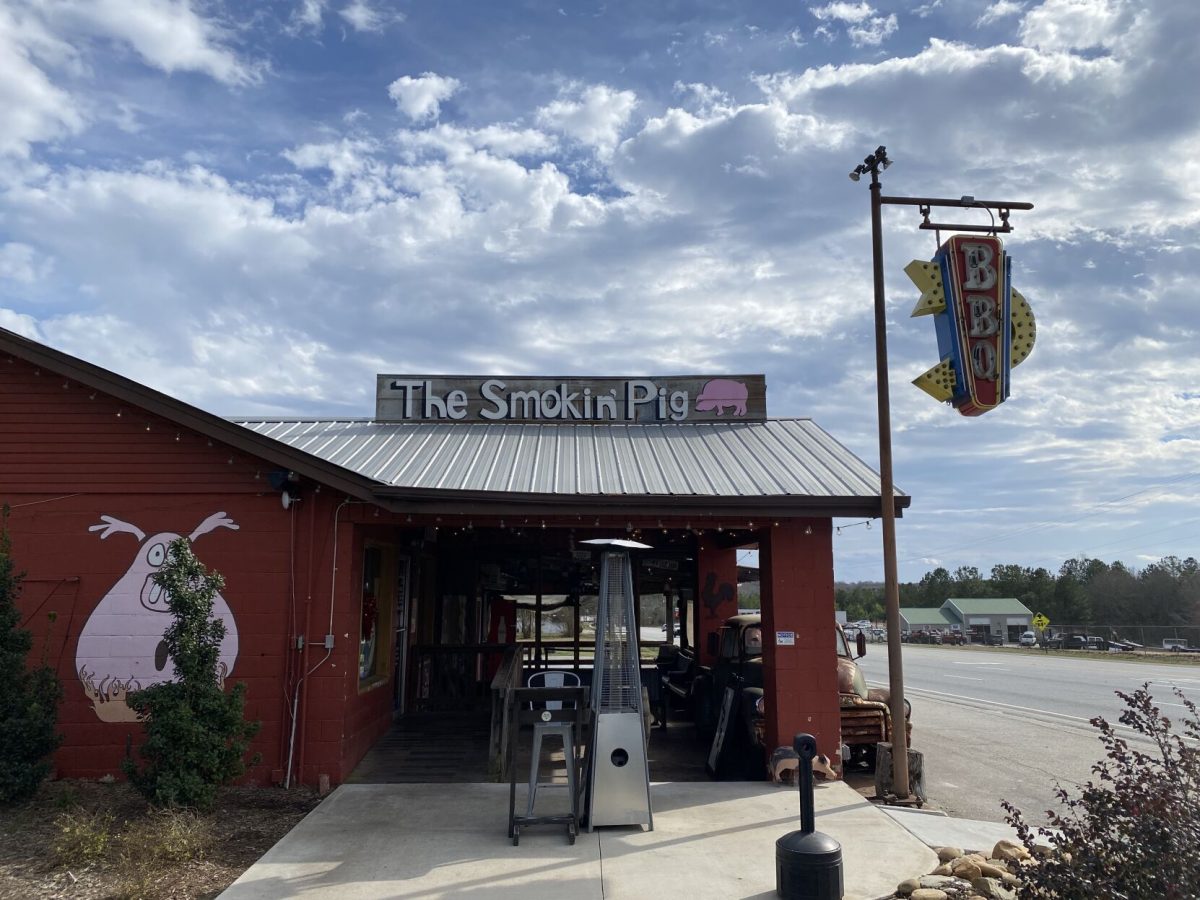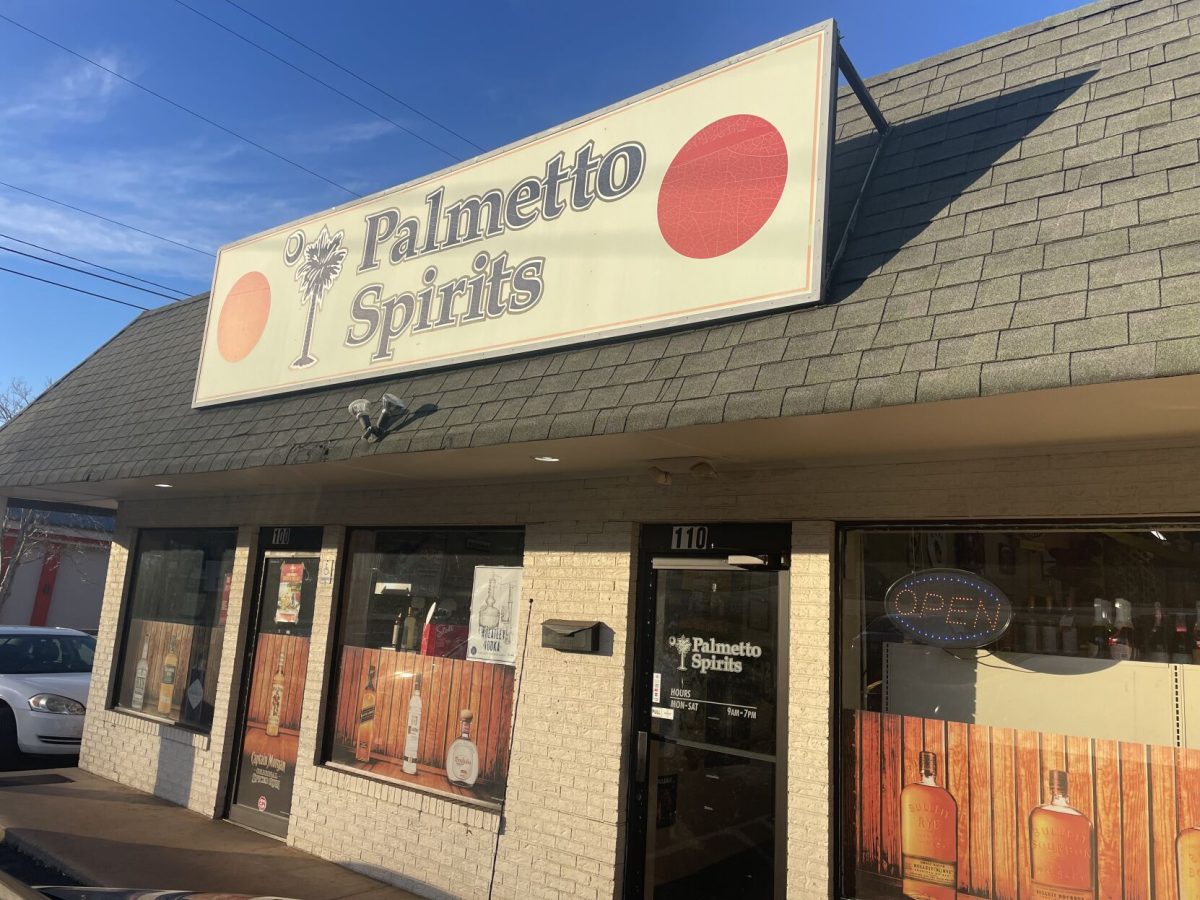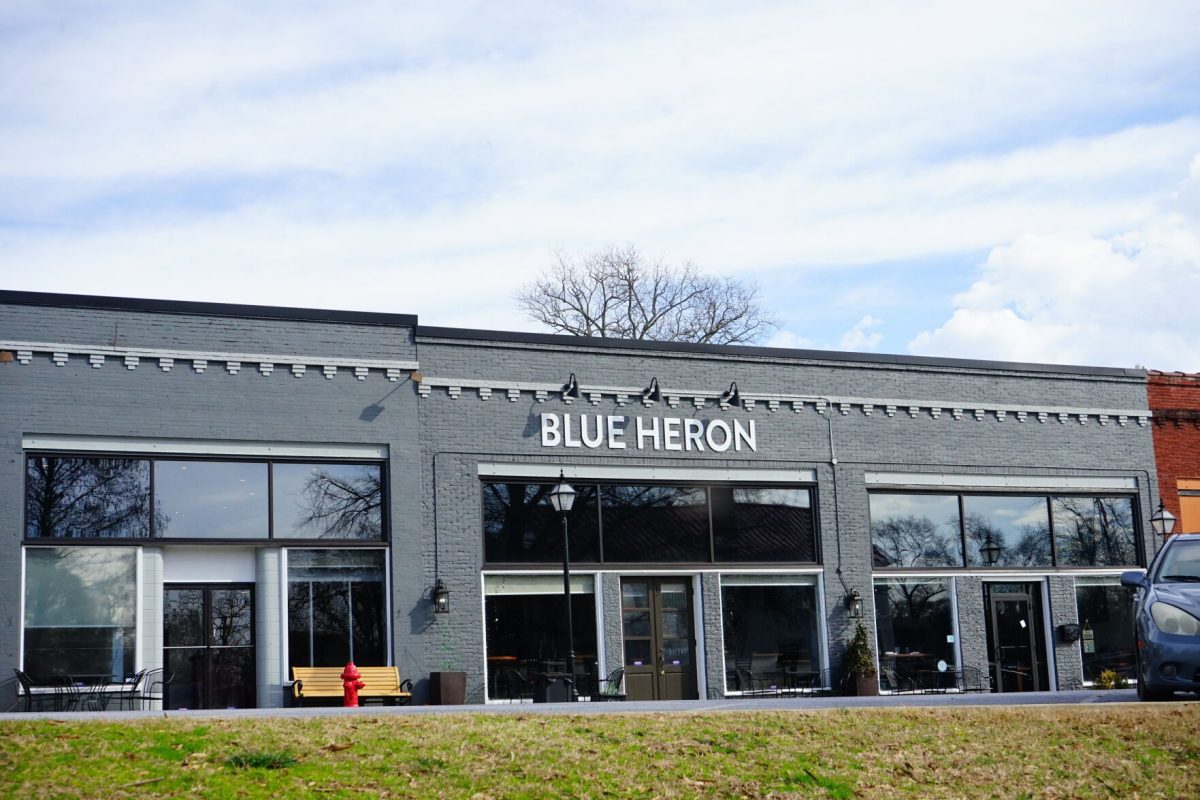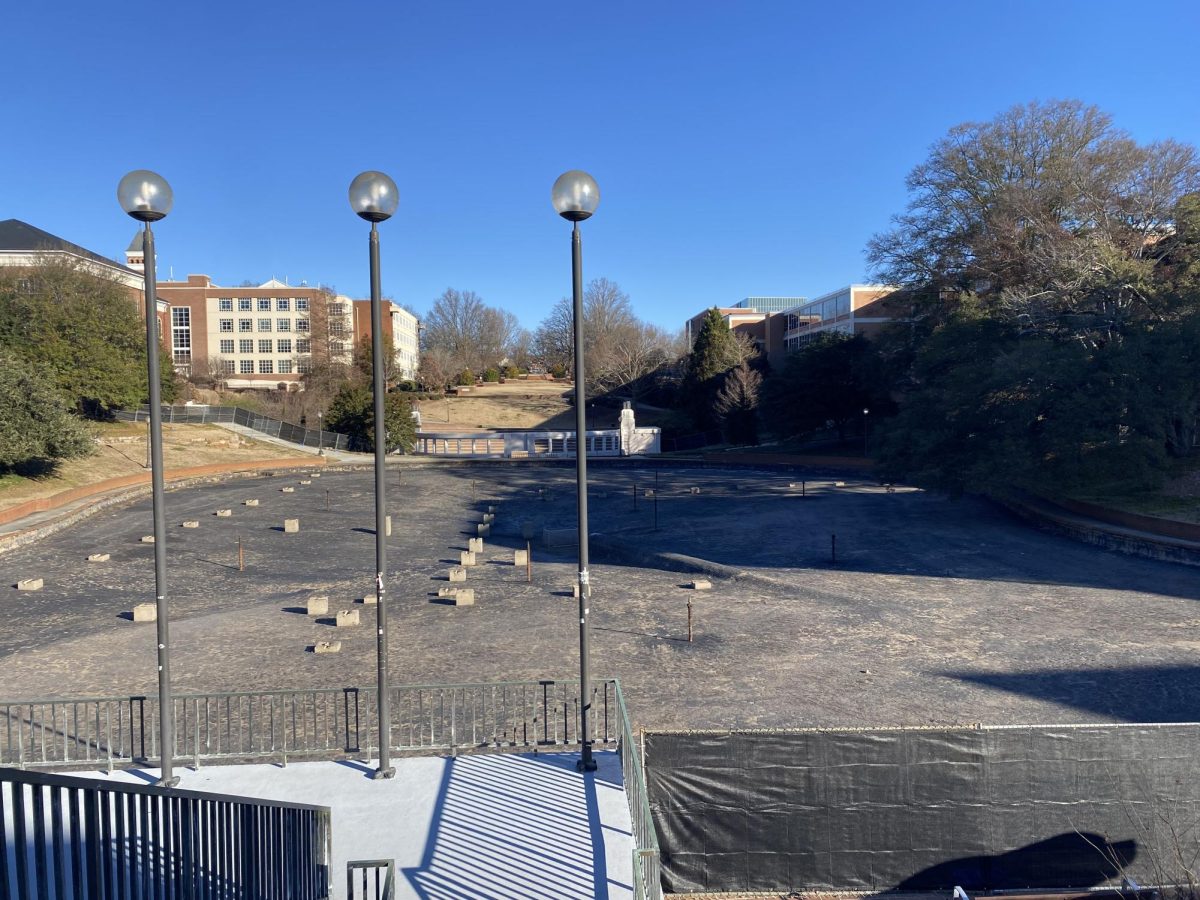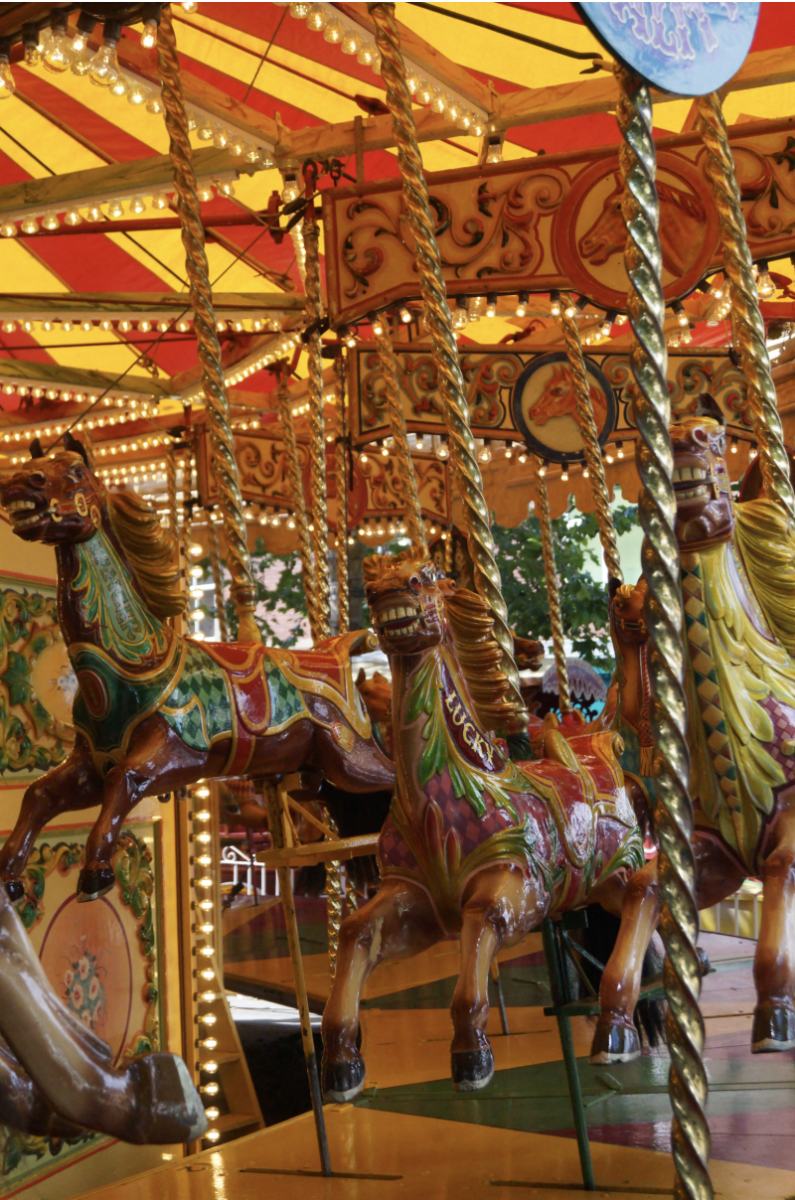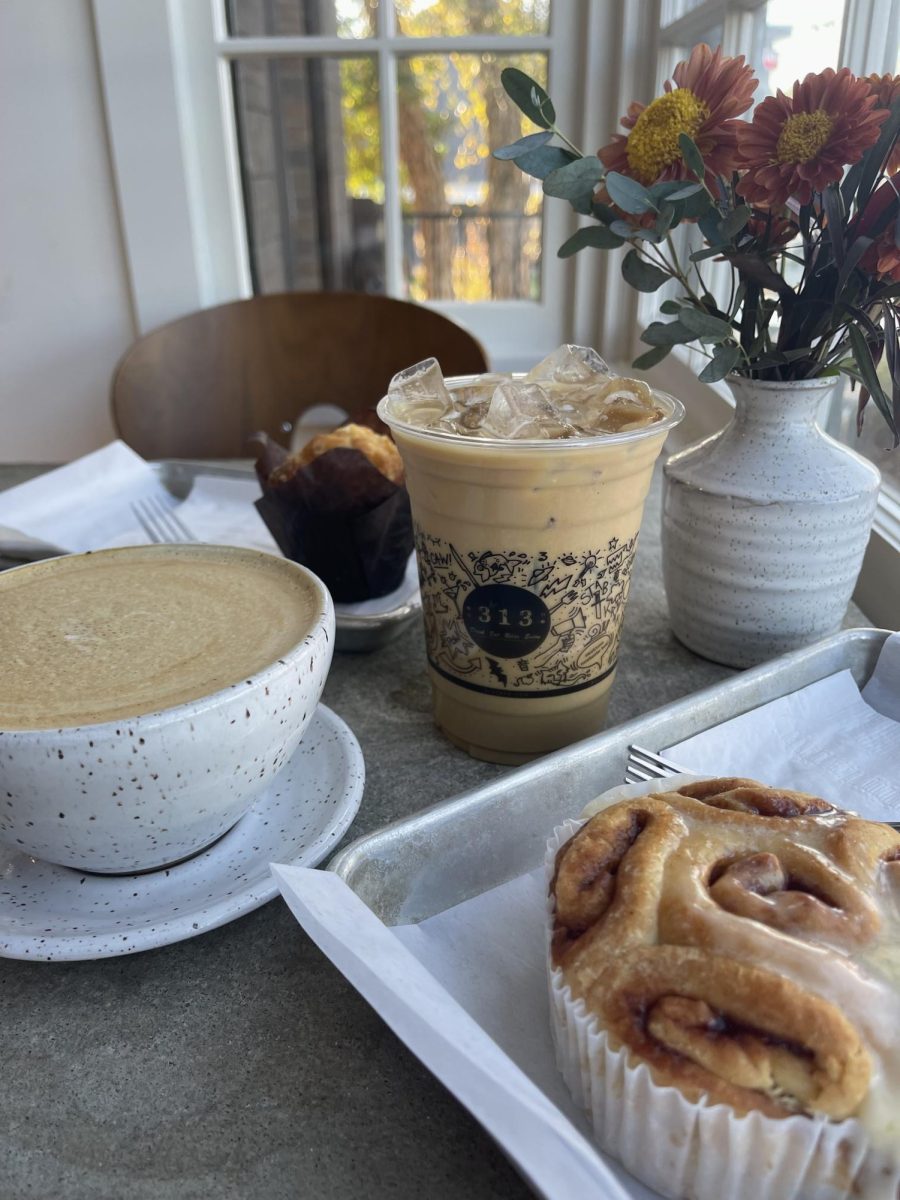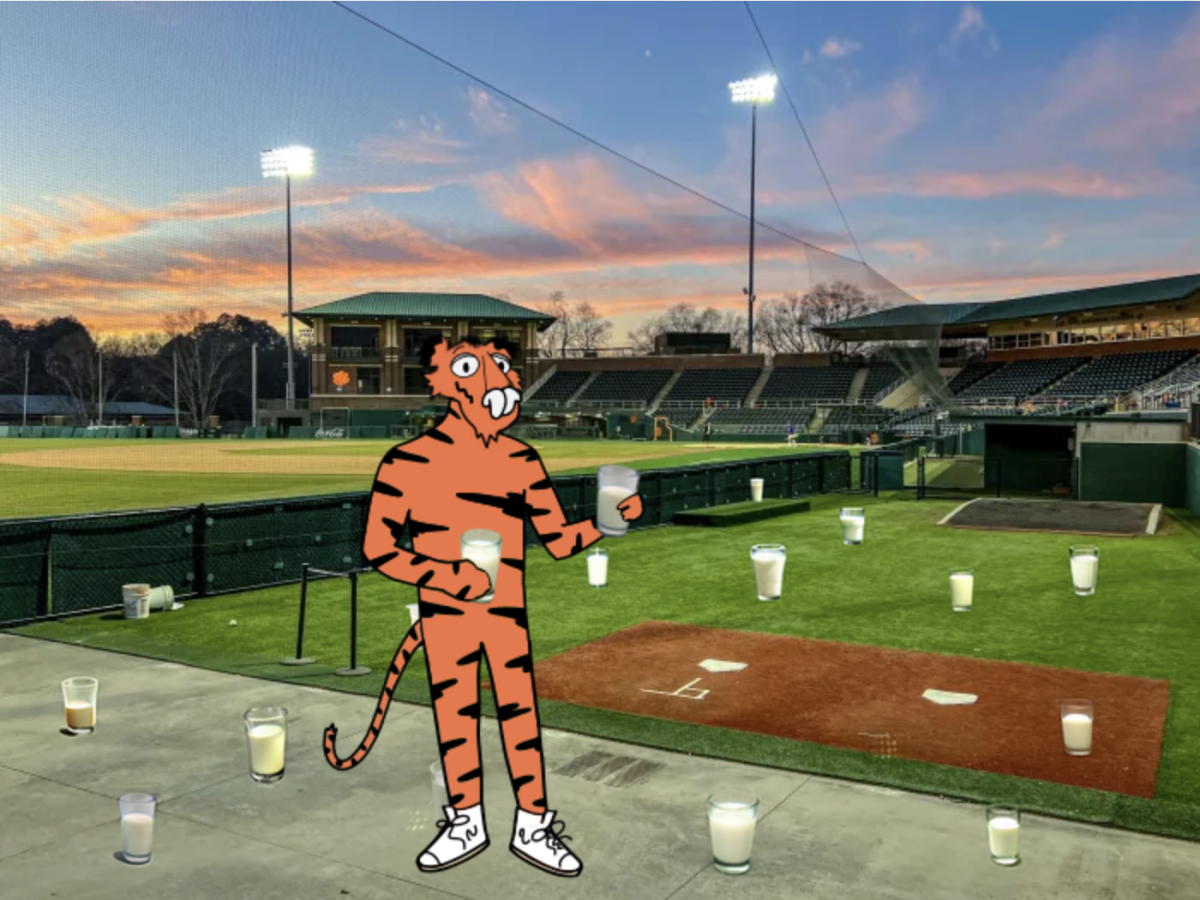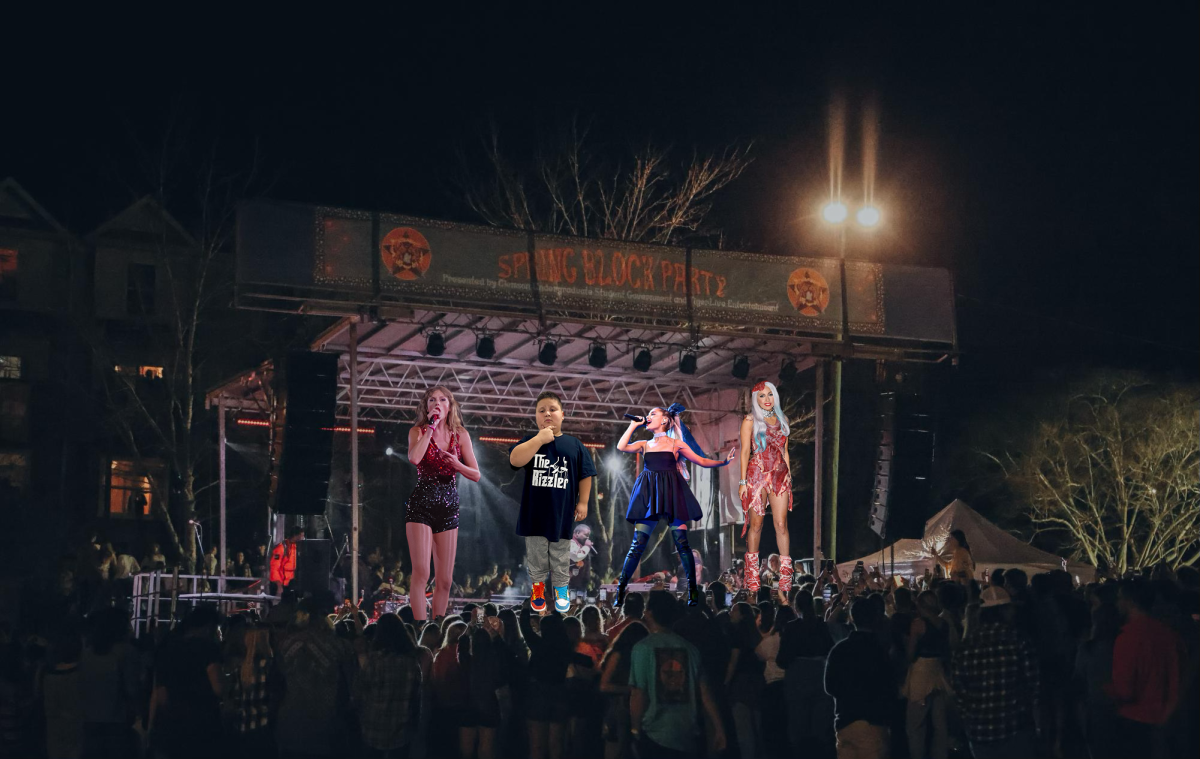Although the Russo-Ukrainian war is taking place thousands of miles from Clemson University, the campus is feeling the effects of gas price increases along with the rest of the world.
After cutting funding for transit in the 2020 fiscal year, due to the COVID-19 pandemic, Clemson administrators are now struggling with the upkeep of their transportation services due to the rising price of oil.
“There is simply not enough money to cover the increasing price of gasoline due to the war,” said one representative in an interview with The Kitten. “We have to make difficult adjustments.”
Among the biggest “adjustments” for students is the move from CATbuses to horse-drawn carriages.
The University plans to use horses from the Clemson Equine Center and have the engineering students build the carriages as part of their curriculum.
“Not only will the animal and veterinary science students get experience working with the animals, but the horticulture majors will have extra fertilizer,” said the same representative.
“There is simply not enough money to cover the increasing price of gasoline due to the war,” said one representative in an interview with The Kitten. “We have to make difficult adjustments.”
Among the biggest “adjustments” for students is the move from CATbuses to horse-drawn carriages.
The University plans to use horses from the Clemson Equine Center and have the engineering students build the carriages as part of their curriculum.
“Not only will the animal and veterinary science students get experience working with the animals, but the horticulture majors will have extra fertilizer,” said the same representative.
When asked about concerns regarding how many students would fit in the carriages compared to the buses, the administrator responded enthusiastically that it would not be an issue.
“We plan to start with 50 carriages along existing routes in and around campus and building from there. We hope that these will be enough to serve the students who previously relied on the buses. If not, I’m sure students wouldn’t mind a little walky-walk.”
Some students, however, seem concerned about the “walky-walk.”
“I think this is a really bad idea,” said Gale Gallop, a freshman psychology major. “Imagine the stank.”
Other students think it’s a great way to address environmental concerns on campus.
“We’re going to study the effects of the carriages on carbon emissions,” said Darby Derby, a junior wildlife and fisheries major. “Plus, we can pretend we live in Victorian England!”
The engineering majors are working on the carriages right now as the CATbus drivers are being trained to be coachmen. All preparations should be complete for a test-run around campus on April 10.
“We plan to start with 50 carriages along existing routes in and around campus and building from there. We hope that these will be enough to serve the students who previously relied on the buses. If not, I’m sure students wouldn’t mind a little walky-walk.”
Some students, however, seem concerned about the “walky-walk.”
“I think this is a really bad idea,” said Gale Gallop, a freshman psychology major. “Imagine the stank.”
Other students think it’s a great way to address environmental concerns on campus.
“We’re going to study the effects of the carriages on carbon emissions,” said Darby Derby, a junior wildlife and fisheries major. “Plus, we can pretend we live in Victorian England!”
The engineering majors are working on the carriages right now as the CATbus drivers are being trained to be coachmen. All preparations should be complete for a test-run around campus on April 10.



